Acne is one of the most common skin conditions affecting people worldwide. It is particularly prevalent among teenagers, but it can affect individuals of all ages, including adults. This article will explore the various aspects of acne, including its causes, different types, effective treatments, and preventive measures, providing a thorough understanding for those seeking to manage or prevent this skin condition.
Table of Contents
- What is Acne?
- Types of Acne
- Whiteheads
- Blackheads
- Papules
- Pustules
- Nodules
- Cysts
- Causes of Acne
- Hormonal Changes
- Excess Oil Production
- Bacteria
- Clogged Pores
- Inflammation
- Diet and Lifestyle Factors
- Genetics
- Risk Factors for Acne
- Age
- Gender
- Family History
- Stress
- Acne Treatment Options
- Over-the-Counter (OTC) Treatments
- Topical Treatments
- Benzoyl Peroxide
- Salicylic Acid
- Retinoids
- Antibacterial Agents
- Prescription Medications
- Topical Antibiotics
- Oral Medications
- Birth Control Pills
- Isotretinoin (Accutane)
- Light and Laser Therapies
- Chemical Peels
- Natural Remedies
- Acne Prevention Tips
- Proper Skincare Routine
- Avoid Picking or Squeezing Pimples
- Maintaining a Healthy Diet
- Stress Management
- Choosing the Right Skin Products
- Sun Protection
- Dealing with Acne Scars
- What Causes Acne Scarring?
- Treatments for Acne Scars
- Prevention of Acne Scars
- When to See a Dermatologist
- Conclusion
1. What is Acne?
Acne is a skin condition that occurs when hair follicles become clogged with oil, dead skin cells, and sometimes bacteria. These blockages create pimples, blackheads, whiteheads, and other lesions, which can be red, swollen, or even painful. While acne typically appears on the face, it can also develop on the back, chest, shoulders, and neck.
There are various degrees of severity when it comes to acne, from mild breakouts to severe cystic acne that may require medical intervention. Acne can affect not only the skin but also self-esteem and mental health, making it important to seek effective treatment and preventive strategies.
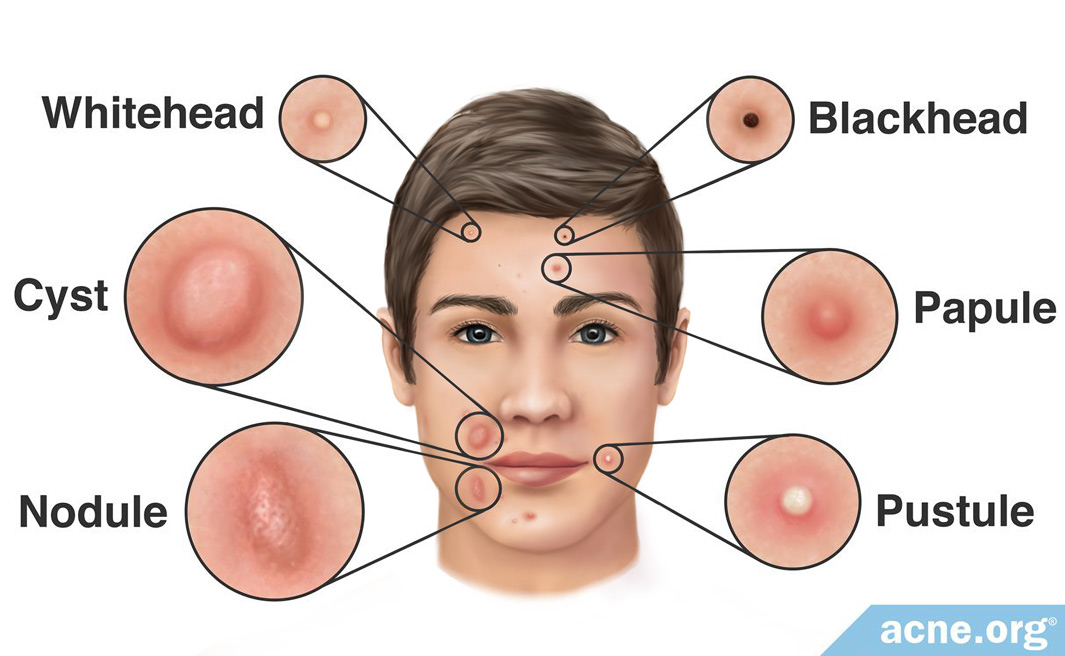
2. Types of Acne
Acne is not a one-size-fits-all condition. It can present in several forms, and each type has its own characteristics.
Whiteheads
Whiteheads occur when pores are completely blocked by excess oil, dead skin cells, and other debris. These blockages cause the pore to close, creating small, white bumps on the skin’s surface. Whiteheads are usually painless and can be treated with topical treatments to encourage exfoliation and reduce oil production.
Blackheads
Blackheads are open comedones where the pore remains open, and the debris inside the pore oxidizes when exposed to air, turning it black. Blackheads are often found on the nose, chin, and forehead and are common in people with oily skin. They can be treated with exfoliating ingredients like salicylic acid.
Papules
Papules are small, red, raised bumps that occur when the walls of the hair follicles break under pressure. They often appear as inflamed areas without a visible head. Papules are typically tender to the touch and are a sign of a mild inflammatory reaction.
Pustules
Pustules are similar to papules but contain pus, which gives them a white or yellowish appearance. These lesions are often painful and can be a result of the body’s immune response to trapped bacteria within a clogged pore.
Nodules
Nodules are large, solid, painful lumps that form deep beneath the skin’s surface. They occur when acne lesions extend deeper into the skin and become inflamed. Nodules are more difficult to treat and often leave scarring if not properly managed.
Cysts
Cystic acne is the most severe form of acne. It involves the formation of large, painful, pus-filled cysts deep within the skin. Cystic acne can lead to significant scarring and often requires prescription treatments like oral antibiotics or isotretinoin.
3. Causes of Acne
Understanding the root causes of acne is essential for effective treatment and prevention. Several factors contribute to the development of acne, often acting in combination.
Hormonal Changes
One of the most common causes of acne is hormonal changes, especially during puberty. Hormones such as androgens increase in adolescence, causing sebaceous (oil) glands to enlarge and produce more oil. This excess oil can mix with dead skin cells, clogging pores and leading to acne.
Hormonal fluctuations related to menstruation, pregnancy, and the use of birth control can also trigger or worsen acne. Polycystic ovary syndrome (PCOS) is another condition known to cause hormonal imbalances that may lead to acne.
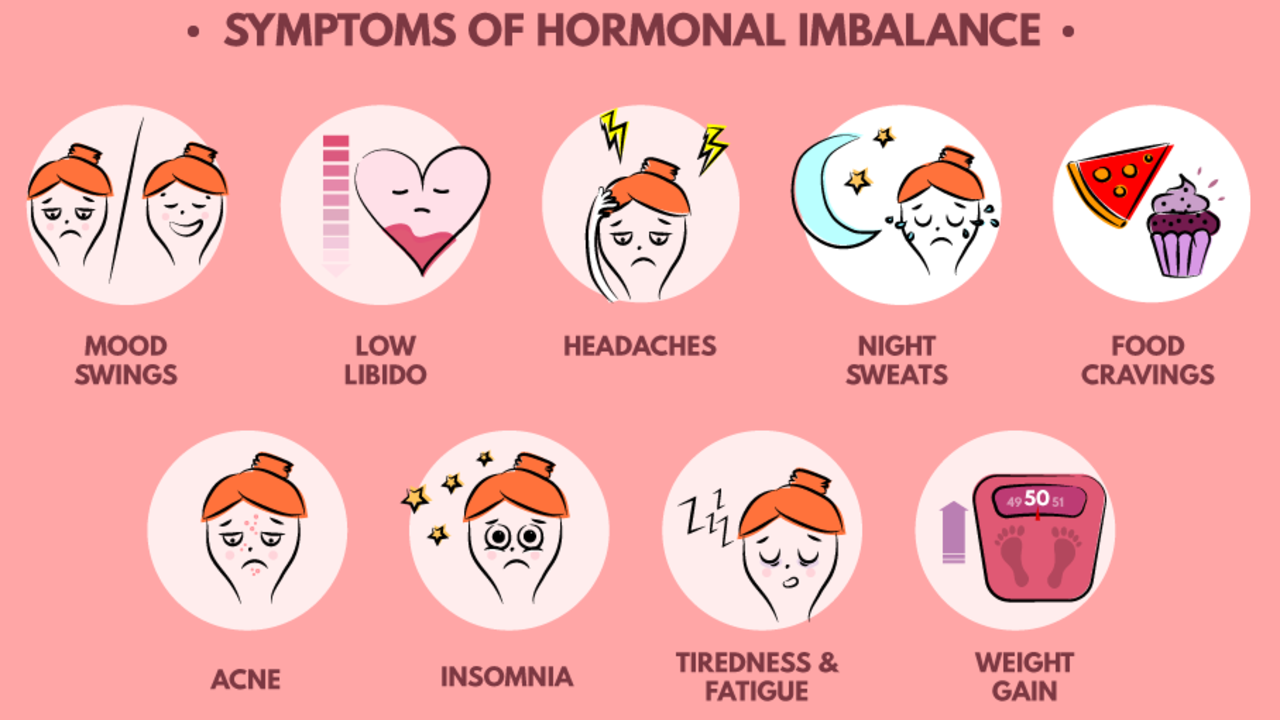
Excess Oil Production
Sebum, the natural oil produced by sebaceous glands, is essential for moisturizing and protecting the skin. However, excessive production of sebum can contribute to clogged pores and acne breakouts. The overproduction of sebum can result from hormonal changes, genetics, or environmental factors like humidity.
Bacteria
The skin naturally harbors a variety of bacteria, including Propionibacterium acnes (P. acnes), which can multiply when pores are clogged. When these bacteria infiltrate the blocked pores, they can trigger an immune response, leading to inflammation and the formation of pimples.
Clogged Pores
Dead skin cells that are not properly shed can accumulate in hair follicles, leading to blocked pores. These blockages can create an ideal environment for bacteria to thrive and cause acne. Pore-clogging can be exacerbated by the use of comedogenic products, such as certain makeup or skincare items.
Inflammation
Inflammation plays a significant role in the formation and progression of acne. When the immune system responds to clogged pores and bacteria, it triggers an inflammatory reaction that leads to redness, swelling, and the formation of pimples, pustules, and cysts.
Diet and Lifestyle Factors
While the relationship between diet and acne is still debated, some studies suggest that certain foods—like high-glycemic-index foods (sugars, white bread)—may trigger or worsen acne. Dairy products have also been linked to acne in some individuals.
Stress is another factor that can worsen acne by increasing the production of cortisol, a hormone that stimulates oil production in the skin.
Genetics
Genetics play a major role in acne development. If both or one of your parents had acne, you are more likely to develop it as well. Genetic predisposition influences how your skin reacts to environmental factors, hormonal changes, and other acne triggers.
4. Risk Factors for Acne
While acne can affect anyone, some individuals may be at a higher risk due to certain factors.
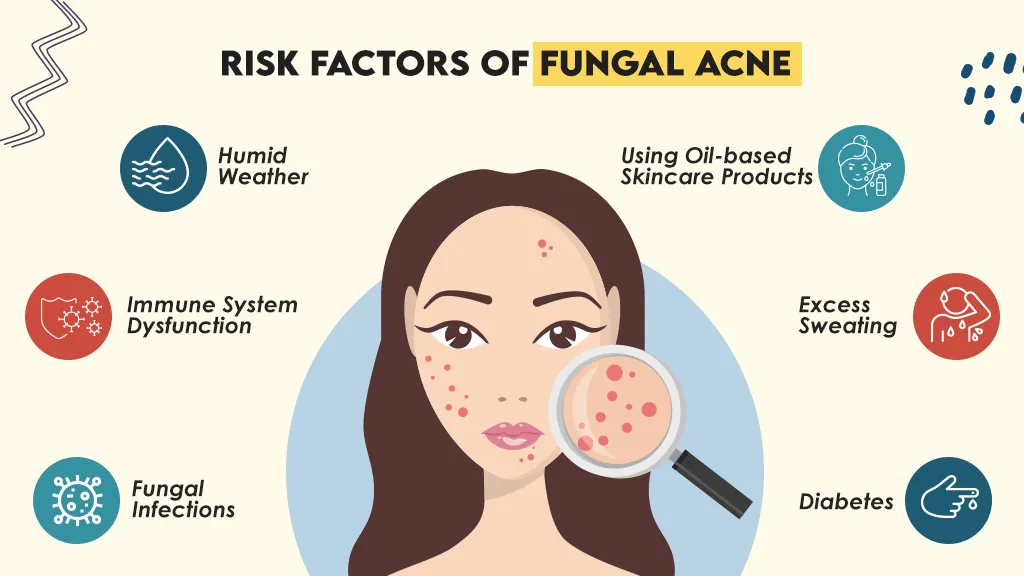
Age
Teenagers and young adults are most likely to develop acne due to the hormonal changes associated with puberty. However, acne can persist into adulthood, particularly in women.
Gender
Men are more likely to experience severe forms of acne, including cystic acne, due to higher levels of androgens. However, adult women are also prone to developing acne, particularly around the jawline and chin, due to hormonal fluctuations during menstruation, pregnancy, or menopause.
Family History
As mentioned earlier, genetics plays a significant role in acne development. If one or both of your parents had acne, you are more likely to experience it as well.
Stress
Stress is not a direct cause of acne, but it can worsen existing acne by triggering hormonal changes and increasing oil production. Managing stress through relaxation techniques can help reduce acne flare-ups.
5. Acne Treatment Options
There are a variety of treatments available for acne, ranging from over-the-counter (OTC) remedies to prescription medications and professional treatments. The effectiveness of each depends on the severity of the acne and the individual’s skin type.
Over-the-Counter (OTC) Treatments
OTC products are often the first line of defense against mild acne. These products typically contain active ingredients like benzoyl peroxide, salicylic acid, or sulfur, which work to kill bacteria, reduce inflammation, and exfoliate dead skin cells.
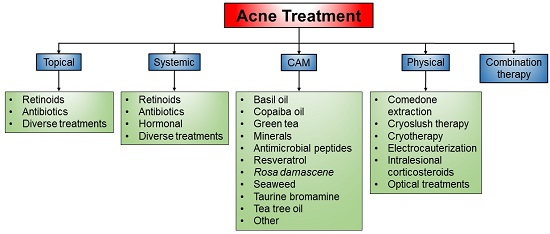
Topical Treatments
Benzoyl Peroxide: A common ingredient in acne treatments, benzoyl peroxide helps to kill acne-causing bacteria and reduce inflammation.
Salicylic Acid: A beta-hydroxy acid (BHA) that helps to exfoliate the skin, unclog pores, and reduce the appearance of acne.
Retinoids: These are vitamin A derivatives that help to speed up cell turnover, prevent clogged pores, and reduce inflammation. Retinoids can be very effective for treating acne but may cause dryness and irritation.
Antibacterial Agents: Topical antibiotics like clindamycin and erythromycin can reduce bacteria on the skin and reduce inflammation.
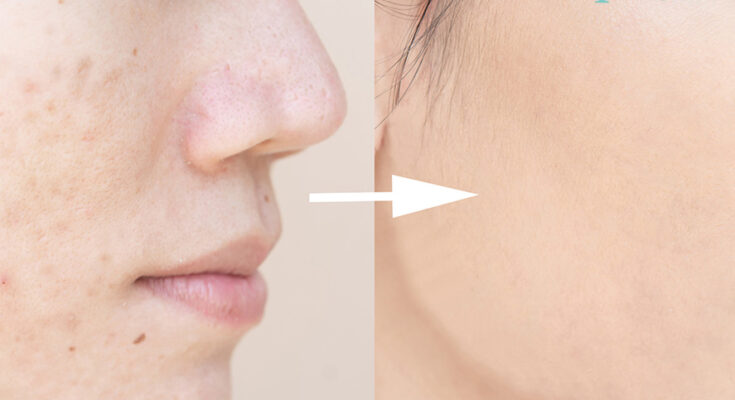
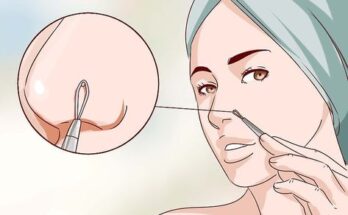
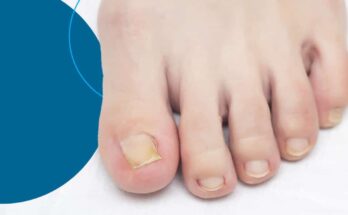
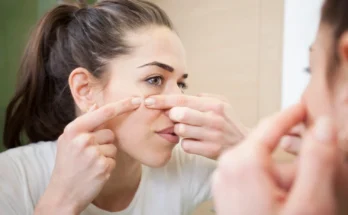
How can I find out more about it?
I’ve learned some new things out of your blog post. One more thing to I have found is that usually, FSBO sellers may reject people. Remember, they can prefer never to use your companies. But if anyone maintain a gentle, professional partnership, offering aid and remaining in contact for around four to five weeks, you will usually have the ability to win a conversation. From there, a house listing follows. Thanks a lot
wonderful points altogether, you simply gained a new reader. What would you suggest in regards to your post that you made a few days ago? Any positive?